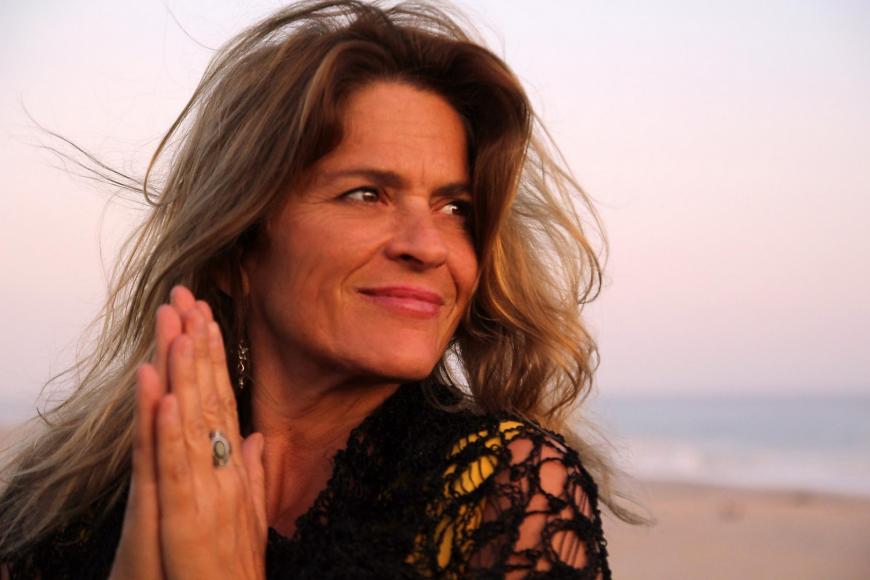
The roots of choro run so deeply in the East Bay that even the still-simmering pandemic couldn’t keep the Berkeley Festival of Choro (BFC) down.
Since launching in 2014, the event celebrating the insouciantly buoyant Brazilian instrumental style has often been organized around a theme, and this year’s program celebrates the contributions of women to Brazilian music and the choro tradition. Originally scheduled for October 2020, the BFC premieres a series of cross-hemispheric video collaborations and videos of past performances by featured artists via the festival’s YouTube channel at 5 p.m. Monday and Tuesday, April 12–13.
“We started about six months ago, getting the arrangements, getting our parts, recording our backing tracks,” said Berkeley flutist Jane Lenoir, who created and runs the festival with Oakland percussionist Brian Rice, her bandmate in the Berkeley Choro Ensemble which also includesBerkeley clarinetist Harvey Wainapel, and Rio-born Oakland-based guitarist Ricardo Peixoto. “It’s been a long haul, very frustrating at times. But we’ve got some magicians here, our video producers, coming out with some wonderful things.”
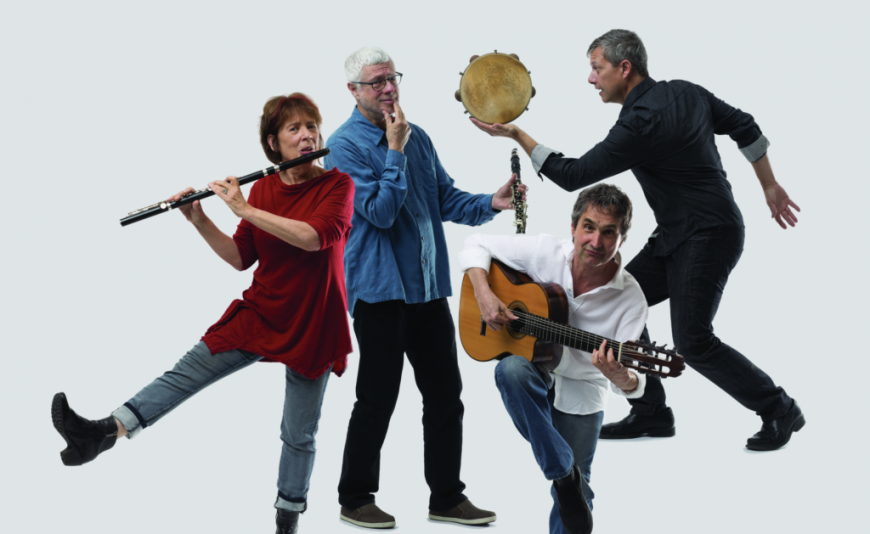
The production is a technical feat, blending audio and video tracks recorded at home studios and then mixed and edited in São Paulo by Felipe Senna and Lucas Weglinsky and in Oakland by Celso Alberti. Their work is invisible, weaving together a series of transporting performances by some of Brazil’s finest musicians and the close-knit Bay Area cadre of Brazilian and American-born artists devoted to choro and subsequent styles. There are also several videos from past projects and collaborations, including Lenoir with Brazilian guitarist/composer Alessandro Penezzi, violinist Irene Sazer’s Real Vocal String Quartet, and Ami Molinelli with Grupo Falso Baiano and Duo Violão Brasil.
The festival offered a taste of what to expect with an excerpt from “Livres, leves, e soltas” (Free, light, and single), a piece composed and arranged by São Paulo’s Carol Panesi, who also contributes on vocals, piano, and flugelhorn. She’s joined by Lenoir, Berkeley violinist Irene Sazer, and São Paulo percussionist Roberta Valente on tambourine-like pandeiro.
The 2021 festival was made possible with support from the Berkeley Civic Arts Grant program, but the funding couldn’t have covered travel and accommodations for the Brazilian artists. Instead, the BFC made caipirinhas out of pandemic’s sourness, creating 10 video collaborations on compositions by four women in Brazil and four women in the Bay Area.
Aside from moving from in-person concerts to the virtual realm, the festival has evolved in other ways. Women have always figured prominently in the lineup, so the focus on female players and composers is more a matter of degree than a change of direction. But this year the BFC has expanded its instrumental purview with violinists Sazer and Carol Panesi (a prodigious multi-instrumentalist). Less orthodox is the inclusion of Rio-born, Scotts Valley-based vocalist Claudia Villela, a supremely gifted jazz artist featured on four pieces “not just because she’s an amazing artist, singer, and composer,” Lenoir said. “Even though choro is basically an instrumental style, some of these choros were written with lyrics.”
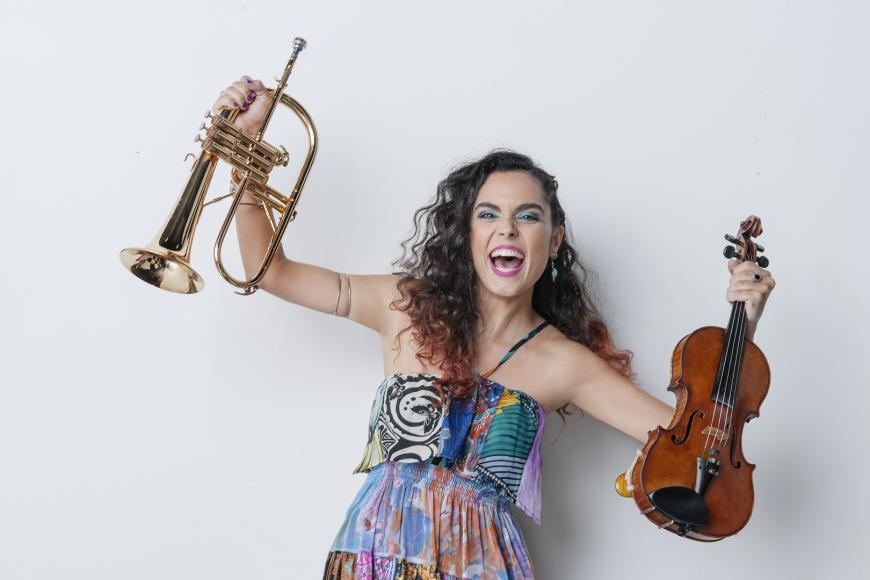
Several pieces are by the pioneering 19th-century choro composers Chiquinha Gonzaga and Carolina Cardoso de Menezes (the BCF commissioned Berkeley writer and Brazilian cultural historian Daniella Thompson to write an essay on the them, probably the best extant source on their lives in English). Cardoso de Menezes is represented by Choro 21, an octet piece featuring Lenoir, Sazer, Valente, Rice, Harvey Wainapel on clarinet, and three other women also represented leading their own pieces, Oakland percussionist Ami Molinelli, pianist Silvia Goes, and Léa Freire on bass flute.
“Each woman has a feature of their own,” Lenoir said. “And each of these women do it all. They’re performers, bandleaders, producers. There’s a range of styles as well, primarily choro, but we opened up to having guests perform other styles that are related.”
An instrumental style that coalesced in Rio de Janeiro in the 1870s, choro was arguably the first New World musical idiom to combine African-derived rhythms and percussion instruments with European forms and instruments. The tradition has waxed and waned in Brazil over the decades, with at least four or five distinct revivals. In Brazil a new generation is pushing the playfully virtuosic tradition into uncharted territory, while abroad the style is finding an avid audience too, and the East Bay is ground zero for North American choro consciousness.
If there’s one person responsible for turning the Bay Area (and musicians around the world) onto choro it’s mandolin master David Grisman. Decades before he released two volumes of classic recordings on his Acoustic Disc label by the composer, mandolin virtuoso and bandleader Jacob do Bandolim, Grisman was passing around tapes of Bandolim like samizdat, blowing musicians’ minds.
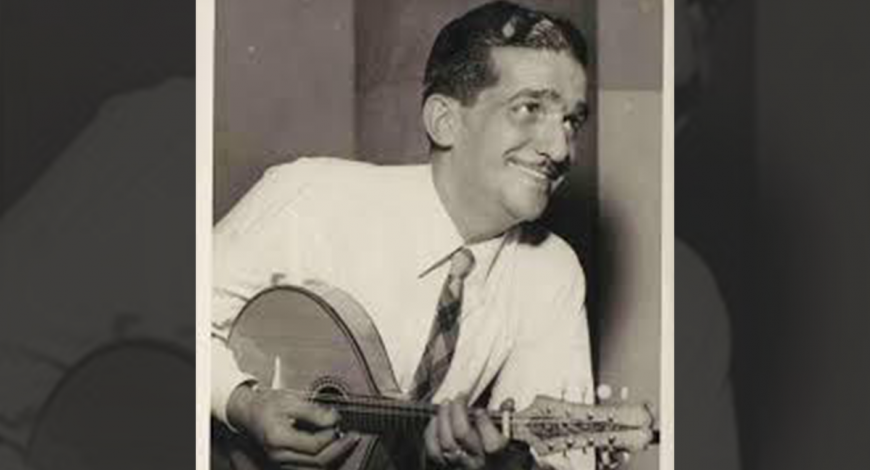
Bandolim had sparked a choro revival in the 1940s, playing something of a Charlie Parker role to his friend Pixinguinha’s status as the music’s Duke Ellington. Mandolinist/guitarist Mike Marshall, an original member of the seminal David Grisman Quintet, became the style’s most visible American champion in the 1990s with his group Choro Famoso (a band that long included Berkeley Choro Ensemble and BFC co-founder Brian Rice).
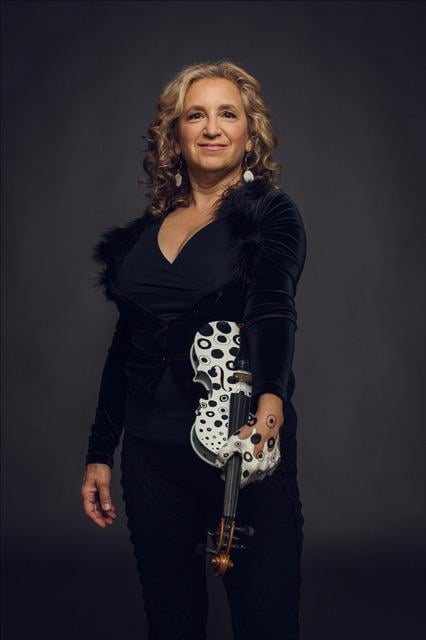
“Another big influence was California Brazil Camp, which brings an influx of great Brazilian musicians to Northern California every summer,” Rice said. “It’s a burgeoning genre, and not just in the Bay Area. There are choro bands in Portland, Seattle, San Diego, and Los Angeles.”
Grisman and Marshall were hardly the only players spreading the choro gospel around the Bay Area. Irene Sazer first encountered choro in the late 1980s via guitarist Jamie Bell after they met on faculty at Cazadero. Already familiar with more contemporary styles like bossa nova and Brazilian jazz, she went with Bell to a choro jam session at a house in Oakland and quickly brought several pieces into her regular repertoire.
“Jamie gave me a million pages of choro music that I still have,” she said. “The minute I laid my eyes and hands and instrument on those tunes that was it. It’s so idiomatic to the violin. It sits on the instrument like you won’t believe. It combines all my classical sensibilities, the sound quality and precision, but as a jazz player you can stretch in all different ways, and then you get to improvise. What’s not to love?”
When Sazer presented her international project Culture Kin at Yerba Buena Center for the Arts in 2019, percussionist Roberta Valente was one of the international artists she collaborated with, a connection made by Jane Lenoir. Like many of the Bay Area-based women featured at the BFC, Sazer passes on her love of choro to any students she finds receptive. That evangelical impulse will be on display on April 15 when Roberta Valente (pandeiro and cavaquinho) and Alexandre Ribeiro (clarinet) present a workshop for young students, , facilitated by Zack Pitt-Smith. Beyond exposure to the style, choro’s popularity in the Bay Area seems to flow from the multiple points of entry, attracting musicians otherwise focused on jazz, classical, or bluegrass.
“We’re actively supporting the education of younger musicians,” Lenoir said. “I’m a teacher with a lot of private students. It’s a great opportunity, especially for a classically trained player, to move into world music. It opens a whole new world to Brazilian culture and history.”




